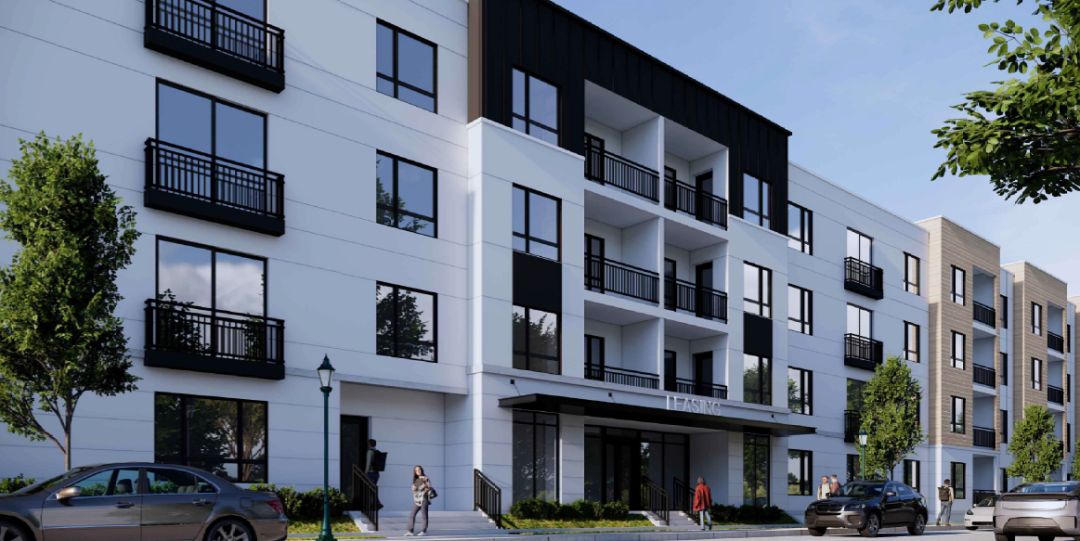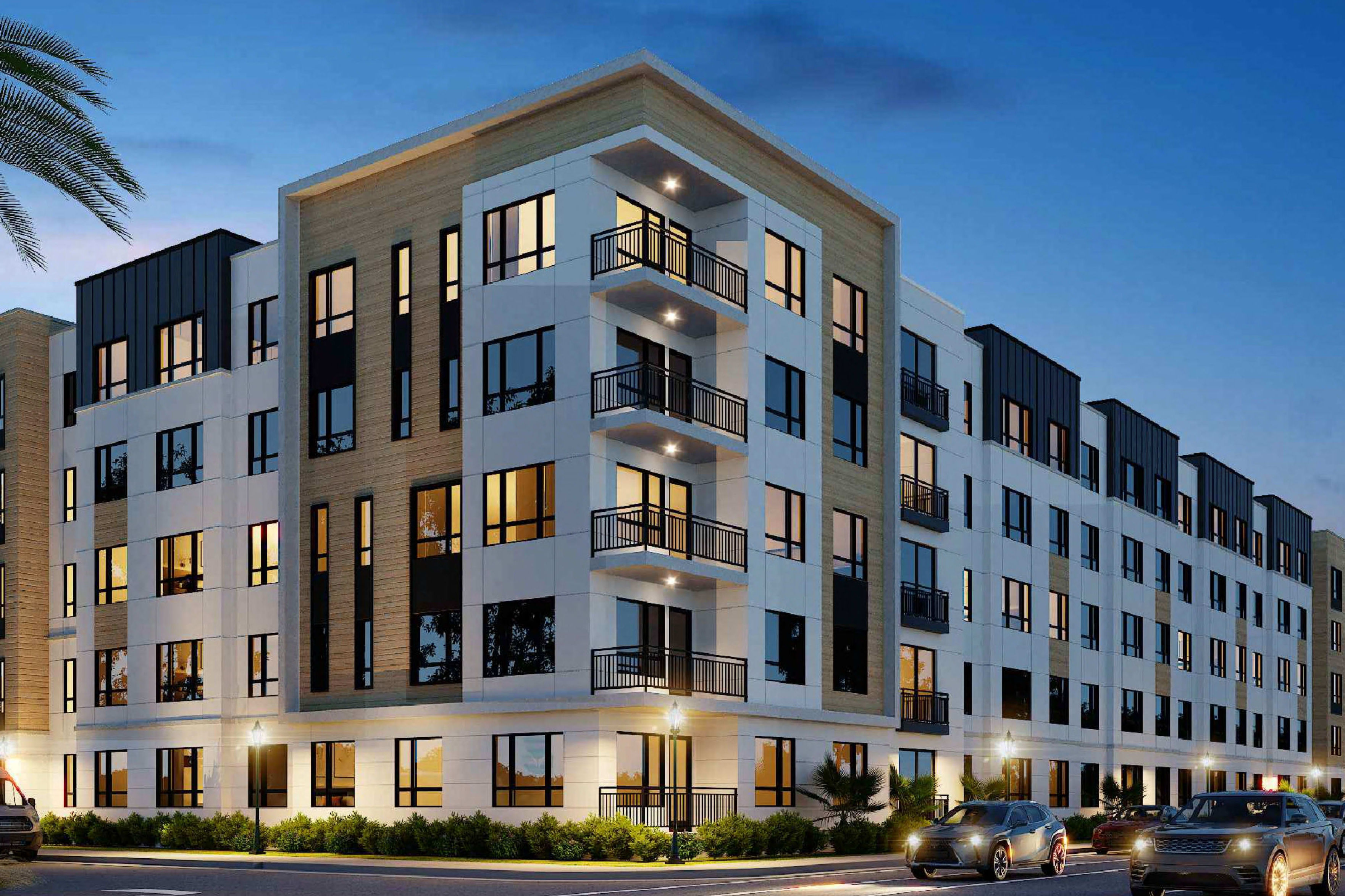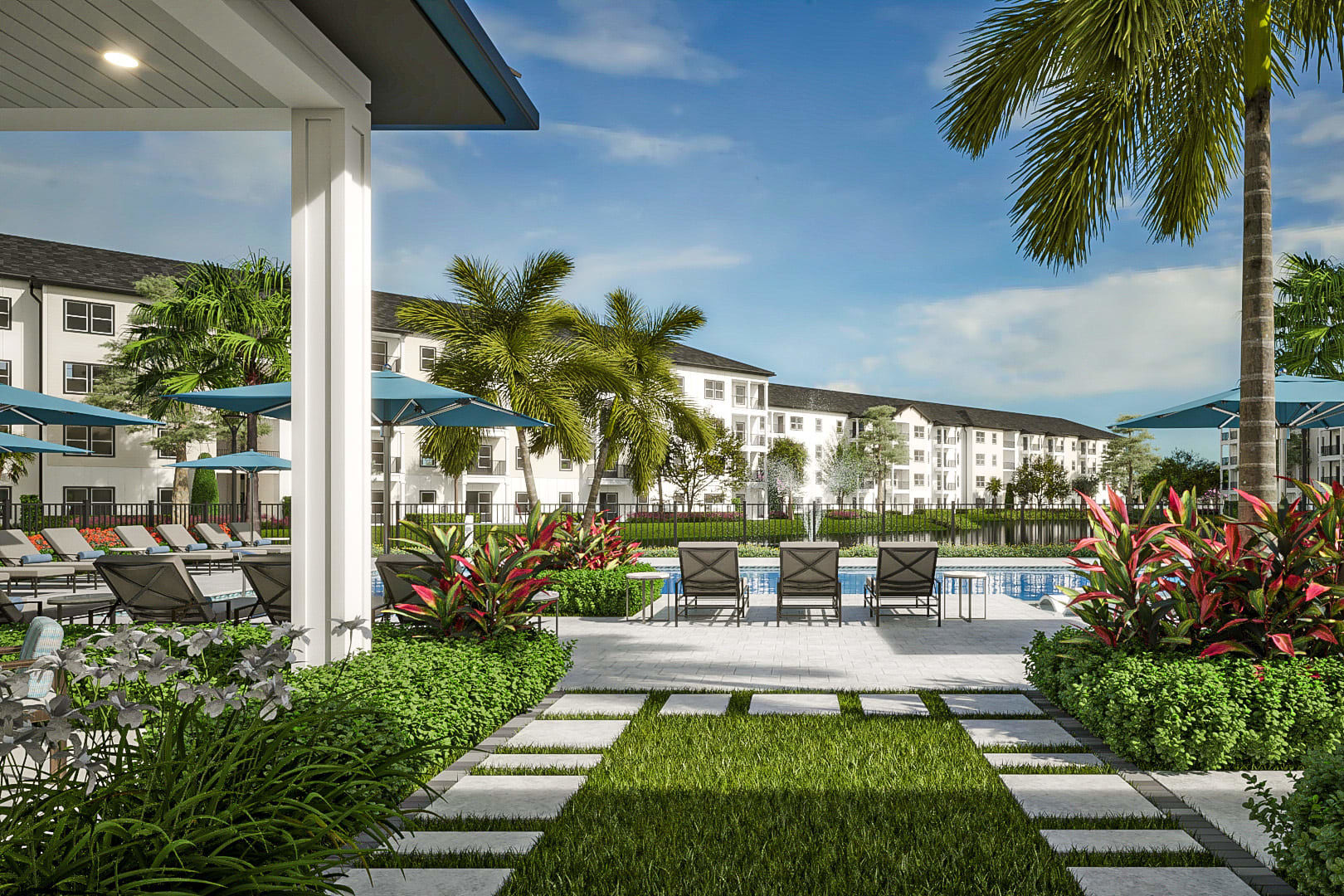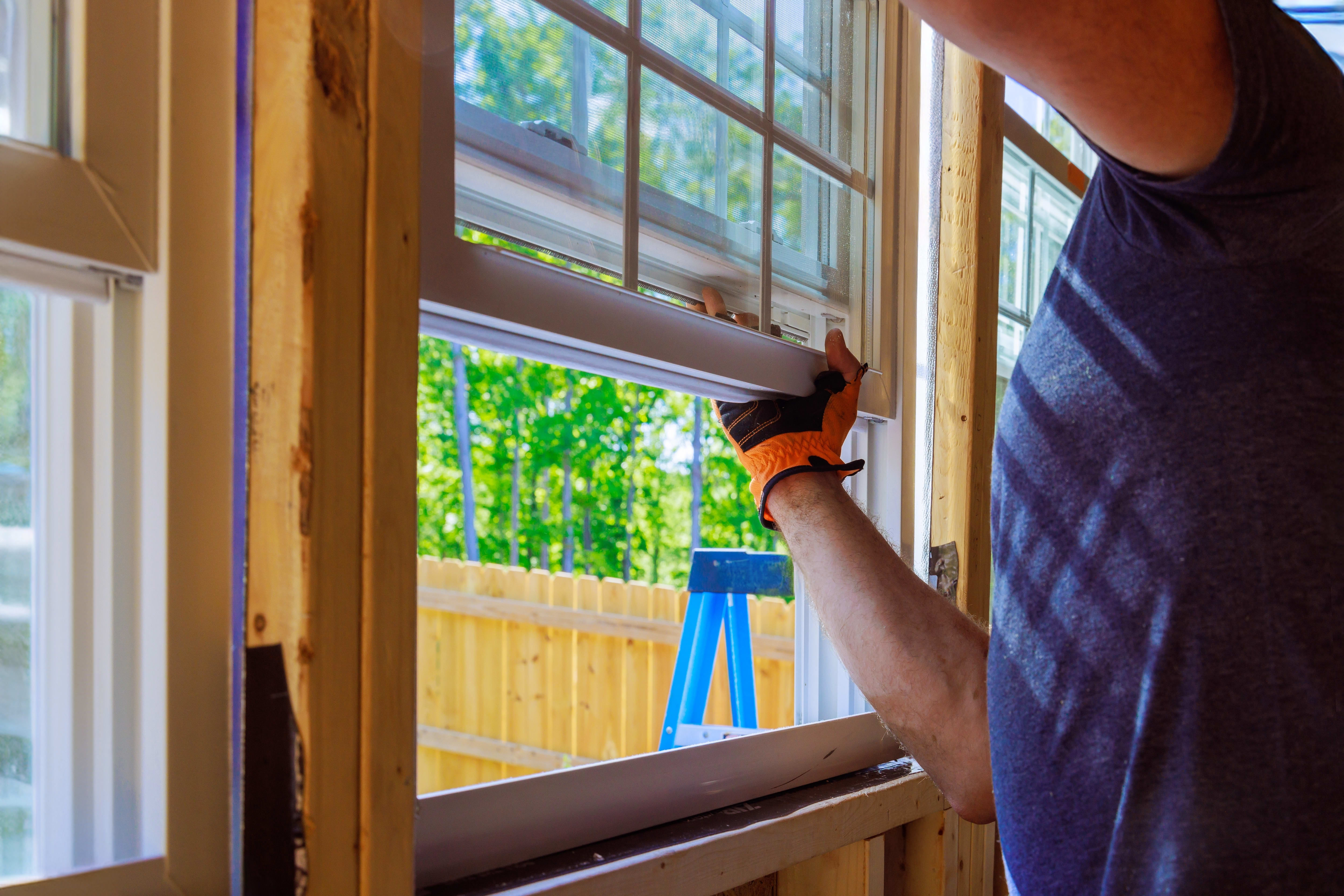Sarasota-Bradenton to Add 3,800 Apartments—the Largest Supply in a Decade

Image: City of Sarasota
Apartment construction across Sarasota and Manatee counties is accelerating even as the rental market shows signs of slowdown. Developers are expected to deliver 3,802 new apartments in the North Port–Sarasota–Bradenton metro this year—an 11 percent increase from 2024 and the largest volume in a decade, according to RentCafe’s analysis of Yardi Matrix data.
Bradenton accounts for 975 of those units, followed by Sarasota with 872, Palmetto with 864 and Venice with 720. Statewide, Florida will add more than 62,000 apartments in 2025, ranking second only to Texas. Together, the two states represent nearly a third of all new units projected to open nationally.
Similarly, a new Redfin analysis shows national apartment permitting has fallen 23 percent since the pandemic boom, but North Port stands out as an exception. From July 2024 to June 2025, the metro issued permits for 65 multifamily units per 10,000 residents—the highest rate in the country. By comparison, the national average was just 12.8.
The surge comes at a delicate moment. CoStar reports that Sarasota’s multifamily vacancy rate rose to 16.5 percent in June, a 25-year high. Zillow shows average asking rents in Sarasota at $2,500 a month, down about $315 from a year ago. Apartments.com data points to a similar trend: a typical 750-square-foot apartment now leases for $1,777, down 4.3 percent year-over-year.
For Doug Ressler, manager of business intelligence at Yardi Matrix, the new supply does not necessarily mean oversupply. “We don’t see it as saturation," he says. "Occupancy in the metro is around 93 percent, and 94 percent is considered full by the developers who build these projects. There are some concessions being offered because of the new supply, but that’s expected.”
Ressler noted that deliveries have risen sharply: 672 units in 2015; around 3,000 in 2023; 3,400 in 2024; and nearly 3,800 this year. “That’s been driven by migration into Florida along with favorable legislation,” he says, pointing to retirees moving from the Midwest and Northeast, younger workers drawn to new jobs, and state policy that encourages development.
Local brokers echo that view. “I wouldn’t call it oversupply—more of a mismatch at times,” says Kevin Robbins, president of Robbins Commercial Real Estate. “Two years ago we were at zero or near-zero percent vacancy. If that’s the comparison, then yes, vacancies are higher now. But that doesn’t mean the market is unhealthy. It’s like home sales: before, houses were selling instantly, and now you have to market a home for three to four months. That’s a more normal pace.”
The character of the new projects is also shifting. “Downtown, it’s been mostly luxury over the last 12 to 18 months,” Robbins says, citing projects like Aster and Links. “They’re true luxury—like condos but in rental form. Sarasota is upping its game to what you’d see in the Northeast.”
That trajectory raises questions about affordability. “There needs to be more affordable housing built—not just here, but everywhere,” Ressler says. He expects federal financing changes in 2026 could push more workforce projects into the pipeline, including smaller joint ventures. Robbins agrees the need is immediate. “Business owners are still saying they can’t keep employees—nurses, waitresses, even young professionals. More attainable housing would help.”
Despite the elevated vacancies, both men see continued momentum. “Permits will continue to get issued, even if shovels are delayed,” Ressler says. Robbins described engineers and builders as “still busy” and noted steady interest from investors spanning Naples to Tampa and from out-of-state markets like Atlanta, New York and Connecticut.
Absorption may simply take time. Ressler estimates that the current wave of apartments could take until late 2027 to be fully leased. “By mid-2027, we expect supply will have been absorbed and rental rates will start inching up again, assuming migration keeps up at the same pace,” he says.



